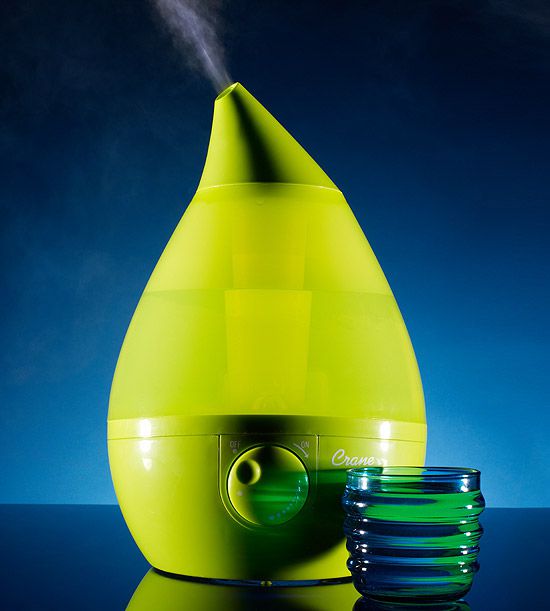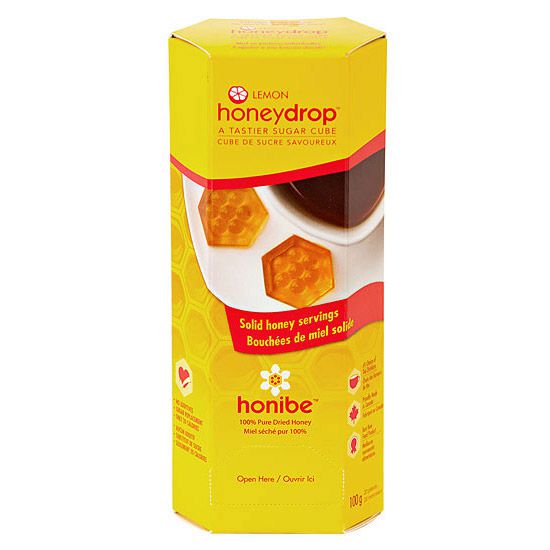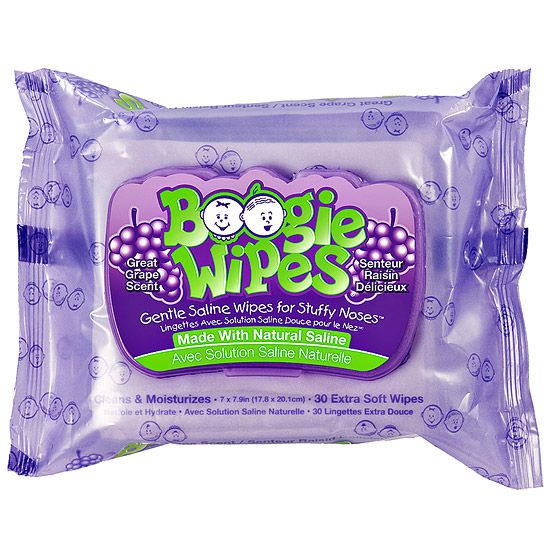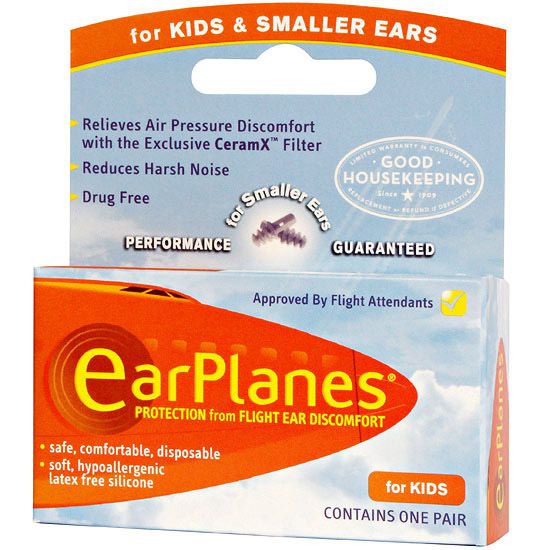
Why You (Yes, You!) Need a Flu Shot
Even though the Centers for Disease Control and Prevention (CDC) now recommends it for everyone 6 months and older, nearly 70 percent of Americans ages 18 to 49 didn't get a flu shot last year. Here are three reasons to step up this year:
You can't afford to be sick. Do you really want to spend a week or more violently ill, missing work or scrambling for child care? "Even if your child is vaccinated, he could still bring the virus home from school or a playdate, and you'll be exposed," says Neil Schachter, M.D., medical director of the respiratory-care department at Mount Sinai Medical Center, in New York City.
You'll protect your unborn baby. If you're pregnant, new studies show that getting the shot will give your baby antibodies that will guard him for months after he's born. That's key since infants under 6 months old can't get the vaccine, and they're at higher risk for serious flu complications.
Your kids' protection isn't as strong as yours. Even if your children are vaccinated, their immunity fades faster than yours, so your shot offers an extra layer of protection during that time. It will also make it a lot easier for you to care for them if they do get the flu.
The Flu Shot: What's New This Year
We've got the latest facts about the best way to prevent influenza.
The vaccine formulation is the same as last year's. It's only the fourth time in the past 25 years that there's been no change in at least one of the vaccine strains. But if your family got the vaccine last year, that doesn't mean you can take the year off. Unfortunately, this vaccine's protection fades significantly after six to eight months, especially in children, says Carol J. Baker, M.D., executive director of the Texas Children's Center for Vaccine Awareness and Research and chair of the Centers for Disease Control and Prevention's immunization advisory panel. "If you don't want to get the flu, your family needs to be vaccinated again this year."
Flu shots are now recommended for most kids and adults with egg allergies. Because flu vaccine is grown in eggs, patients with egg allergies have long been discouraged from getting it. But the amount of egg protein in the vaccine has declined over the years, and a number of recent studies show that egg-allergic people can safely get the shot. For the first time, the CDC is recommending the injected vaccine (not the nasal spray) for people with a mild egg allergy, such as those who only get a mild rash. Make sure you get the vaccine from a doctor, who should observe your child for 30 minutes afterward and be prepared to treat any reactions.
There's a push to get kids with asthma vaccinated. A recent survey found that one in three parents of children with asthma didn't get their child vaccinated, in large part because of unsubstantiated fears about the vaccine. However, studies show that children with asthma who catch the flu have a higher risk of serious complications and are four times as likely to be hospitalized than children without asthma.
You'll find more vaccinations at the local drugstore. Eighteen percent of adults got their flu shots from a pharmacist or at another community location during last year's flu season, and officials expect that number to grow. Approximately 30 states now allow pharmacists to vaccinate children (usually within specified age limits), according to the American Pharmacists Association.
Adults can get a new type of vaccine. In addition to the FluMist nasal spray and the traditional shot, this year healthy adults ages 18 to 64 now have a third vaccine choice: the Fluzone Intradermal vaccine. It has an ultrafine needle that is one tenth the size of traditional needles and inserted just a few millimeters into the skin. Studies show it's as safe and effective as the other options, but it creates less soreness at the injection site. What's more important, it requires a much smaller amount of the vaccine, which could be essential in the event of a shortage. This year, it will be available only in limited areas, though it's expected to be more widely distributed in the future.
6 Ways to Avoid Coughs and Colds
No matter what you do, your kids are going to be exposed to others who have the sniffles, but that doesn't necessarily mean they'll get sick. Our experts share their favorite strategies to help protect your children.
1. Wash hands well Make your child lather up with soap and water after playing outside, using the bathroom, and coming home from preschool or day care, as well as before each meal. Carry hand sanitizer that's at least 60 percent alcohol.
2. Prescribe sleep A lack of sleep nearly doubles the chances of getting sick, says Parents advisor Harley Rotbart, M.D., professor of pediatrics at the University of Colorado School of Medicine, in Aurora. So make sure your child is regularly getting enough zzz's, and set an earlier bedtime if your child has been around someone who's sick.
3. Feed him a good diet Instead of relying on vitamins or supplements, make sure your child eats a lot of colorful fruits and vegetables, which are rich in antioxidants and vitamins.
4. Bundle up A British study found that getting chilled while cold and flu viruses are circulating may triple your chances of getting sick, says Dr. Rotbart.
5. Discourage eye- and nose-touching Otherwise, you really up your chances of infecting yourself after getting germs on your hands. The enzymes in our mouth provide some defense against germs, but the eyes and the nose don't have that kind of protection, says Linda Davis-Alldritt, R.N., president of the National Association of School Nurses.
6. Teach clever coughing Encourage younger children to "catch" their cough in their bent inner elbow, not in their hand. Older kids can be taught to act like they're holding a cape across their face like Dracula. Teach your children to immediately wash their hands after coughing or sneezing.

Keep One Sick Kid From Infecting Your Whole Family
Disinfect away. Germs can live for hours on inanimate objects. Target toys, doorknobs, remote controls, handrails, tables, books, light switches, crib railings, faucets, the toilet handle, the telephone, the diaper-pail handle, and more, says Dr. Rotbart, author of Germ Proof Your Kids. To sanitize a bunch of small toys at once, place them in a mesh bag and run them through the dishwasher — but avoid washing dolls because their hair will melt. Or dump toys into a bathtub filled with a solution of 1 tablespoon of bleach to each gallon of water, and rinse well. Disinfect every time your sick child touches a toy, if you can, or at least once a day while she's sick. And separate her laundry from the rest of the family's, using hot water and the hottest dryer setting.
Give the sick child some space. Some viruses can actually travel 5 to 6 feet from a sneeze or a cough. "Making sure other children stay at least an arm's length away from a sick sibling is a smart strategy," says Lilly Immergluck, M.D., a pediatric infectious-disease specialist at Children's Healthcare of Atlanta. If your children share a bedroom and you have the space, put the sick child to sleep on his own in another room for as long as he has a fever, a cough, or cold symptoms.
Ban sharing. Most of us know that we shouldn't use the same cups, toothbrushes, or eating utensils. But did you know that you should give sick family members a separate place to store their toothbrush, and their own towels or paper towels for hand drying? Even give the patient his own toothpaste. "Toothbrushes pick up germs on the head of the toothpaste tube," says Dr. Rotbart. And each child should have his own set of crayons or markers, if possible — it's much easier than trying to disinfect them.
Which is More Helpful?
Flumist Nasal Spray or Traditional Flu Vaccine? If your child is between 6 months and 2 years or has any medical conditions that put her at higher risk, such as asthma or heart disease, she will need to get the injected vaccine. Otherwise, experts say go with what your kids are most comfortable with or what's easier to get (FluMist isn't always available). A few studies indicate that FluMist may be more effective for children than a shot, but experts say more research is needed and either option is a good choice.
Antibacterial Soap or The Regular Stuff? Plain old soap. Though many liquid hand soaps are advertised as "antibacterial," studies show that they are no better than ordinary soap and water. Also, some environmental groups and researchers have raised concerns that triclosan, an ingredient in many kinds of antibacterial soap, may be contributing to the development of antibiotic-resistant superbugs. The FDA is reviewing this.
Thimerosal-Free Vaccine or Not? Thimerosal, a mercury-based preservative, is used in some multidose flu-vaccine vials for children older than 3, to prevent the growth of germs, bacteria, and fungi. Studies repeatedly fail to show associations between thimerosal and autism or other problems, but some parents continue to be concerned. "I'm convinced by the research that the thimerosal-containing vaccine is safe; I give it to my own sons," says Parents advisor Wendy Sue Swanson, M.D., a pediatrician at Seattle Children's Hospital. "But if you're worried, ask your doctor for a thimerosal-free injected vaccine, or try to get FluMist for kids 2 years old and up, which contains no thimerosal."
Hand-Washing or Hand Sanitizer? Soap loosens bacteria and viruses from the skin and helps wash them down the drain, while sanitizers kill the germs. Both methods are equally effective, experts say, but if your child's hands are dirty or have any kind of debris on them, head for the sink. "Hand sanitizers can't get to viruses if they're hiding behind dirt," Dr. Schachter says. Also, hand gel can build up on hands, which prevents it from getting to germs (but won't hurt your child if he puts his hands in his mouth), so make sure you do at least one real hand-washing for every five uses of sanitizer.
Disinfecting Wipes or Spray? Both wipes and spray are effective as long as you use a new wipe for each surface and if they contain one of three ingredients: ammonia, bleach, or quaternary ammonium compounds. Those are the most effective disinfectants, and the ones used in hospitals. Look for them in sprays made by Clorox, Lysol, and Mr. Clean.
Natural Disinfectant or Commercial Spray? Unfortunately, if your goal is to kill germs, lemon juice, vinegar, and baking soda just won't cut it. "I know everybody is trying to use products that don't have chemicals in them, but the problem is that most of the natural things don't work to kill germs on surfaces," says Tina Tan, M.D., an infectious-diseases physician at Children's Memorial Hospital, in Chicago. The only natural sanitizer that has been proven to kill 99.99 percent of bacteria, Dr. Rotbart says, is thymol, which comes from the herb thyme and can be found in CleanWell and Seventh Generation products.

Products Moms Love
Honibe Honey Lozenges This is real, dried honey that melts in your child's mouth and helps soothe his cough. For kids 5 and older, it's easier than spooning out the sticky stuff. ($10 for a box of 20; honibe.com)

Boogie Wipes These wipes have saline to help dissolve even the crustiest nasal stuff, plus they're gentle and some kids really dig the grape scent. ($11 for three packs of 30; diapers.com)

Children's Earplanes When you have to take your sick child over age 1 on an airplane, pack these plugs. They're designed to stop the ear pain caused by congestion. ($12 for a two-pack; earplanes.com)
Facts About Cold, Flu, and Medications
Is It the Flu? Know the F.A.C.T.S.
If your child has two or more of these telltale symptoms, call the pediatrician right away — even if your little one got the flu shot.
F Fever (100°F+)A AchesC ChillsT TirednessS Sudden onset
3 Reasons Not to Give Cold Medicines to Your Child Under Age 4
The FDA says OTC cough and cold meds should not be used with kids under 4; the American Academy of Pediatrics has noted that they're even ineffective in those under the age of 6. Still tempted? Consider this.
1. They fail to relieve symptoms. Six clinical trials of over-the-counter drugs showed they were no more effective than a placebo in relieving symptoms.
2. They can make sickness worse. Thousands of kids every year end up in an E.R. with breathing problems, an elevated heart rate, dizziness, seizures, and lethargy from these drugs.
3. Drug-free remedies work. For a cough in a child over age 1, try honey. To ease congestion, use saline drops and nasal suctioning, and run a cool-mist humidifier.
All content on this Web site, including medical opinion and any other health-related information, is for informational purposes only and should not be considered to be a specific diagnosis or treatment plan for any individual situation. Use of this site and the information contained herein does not create a doctor-patient relationship. Always seek the direct advice of your own doctor in connection with any questions or issues you may have regarding your own health or the health of others.
